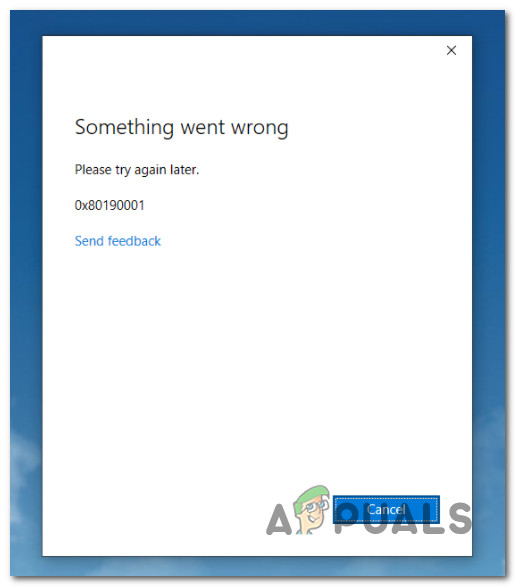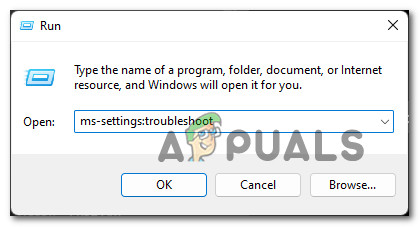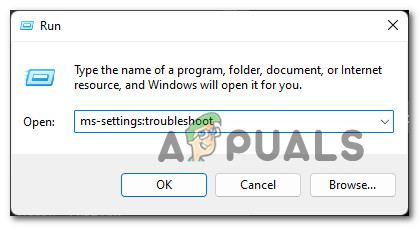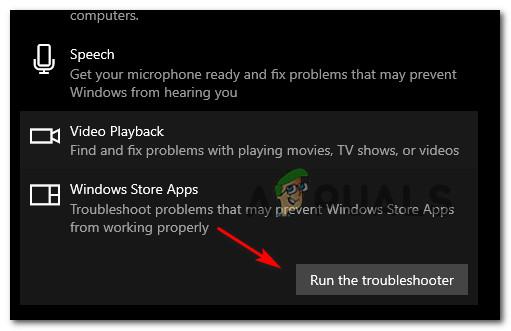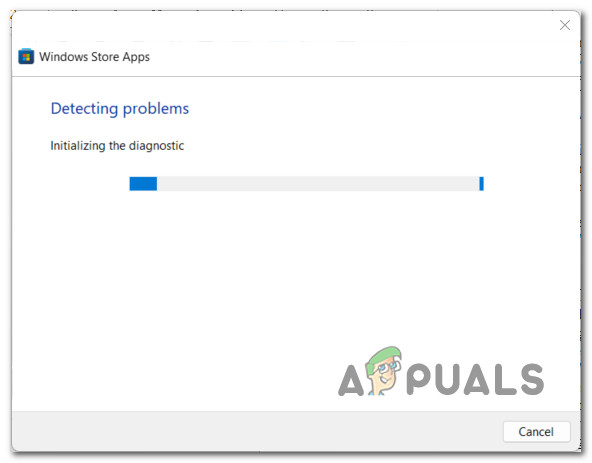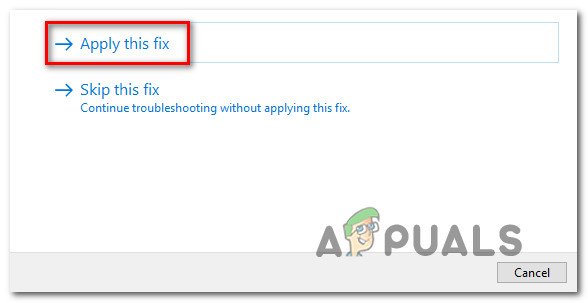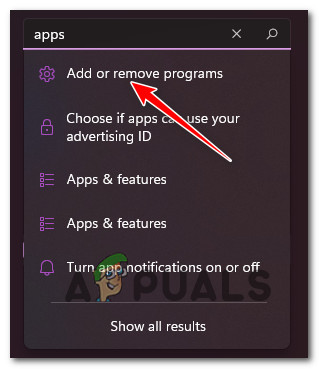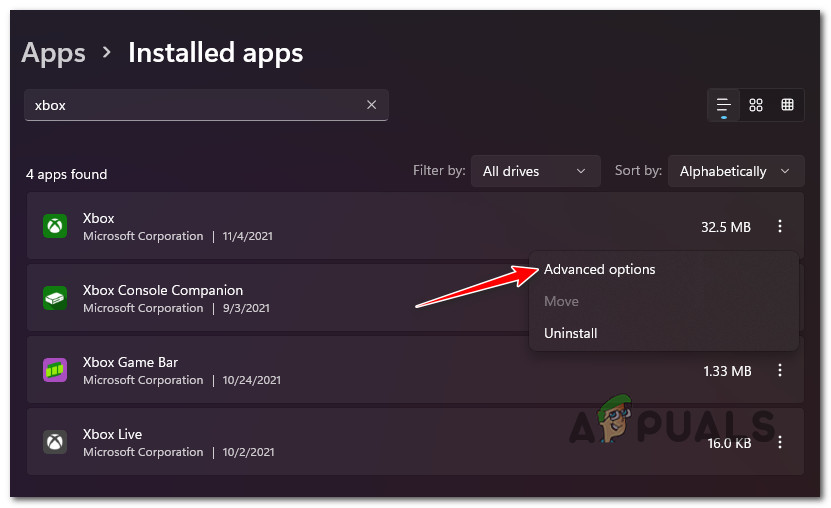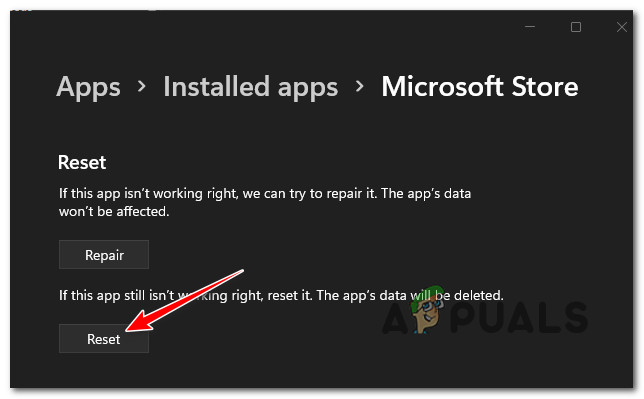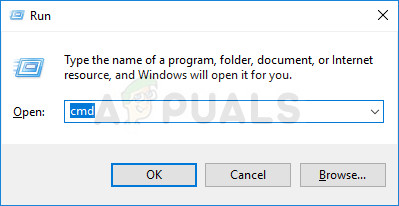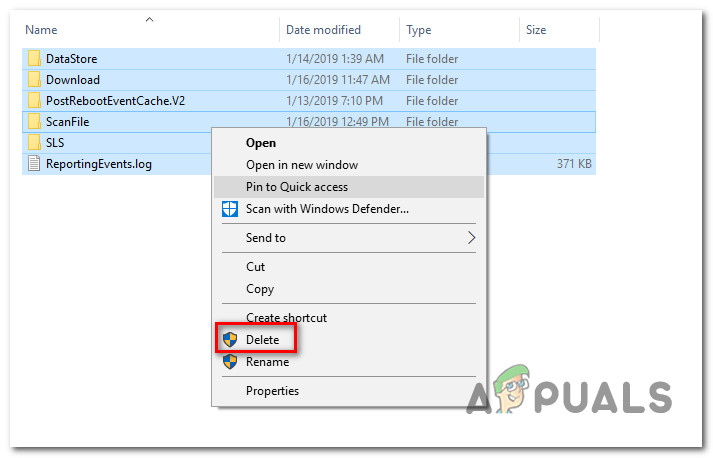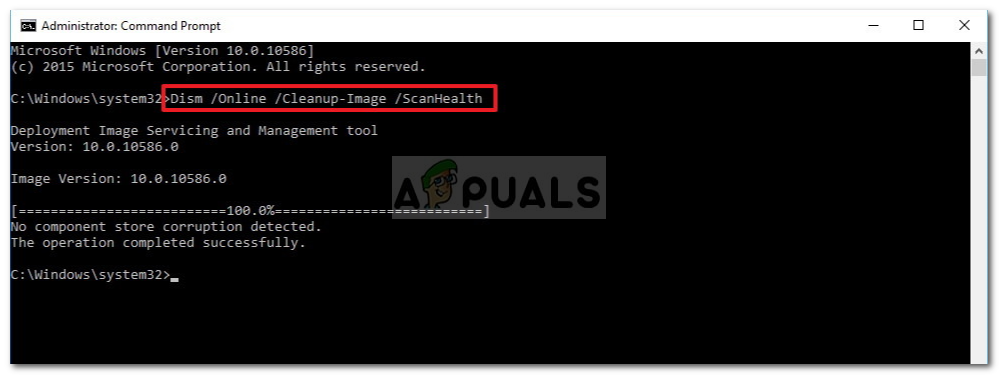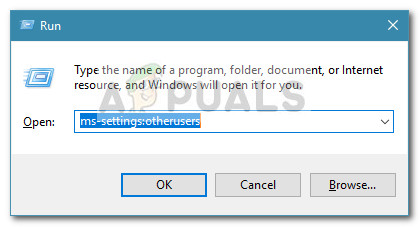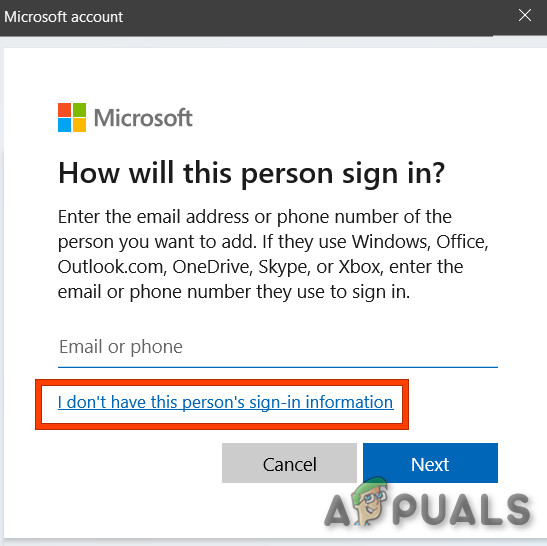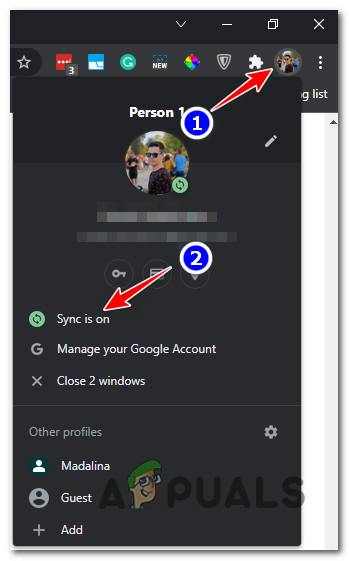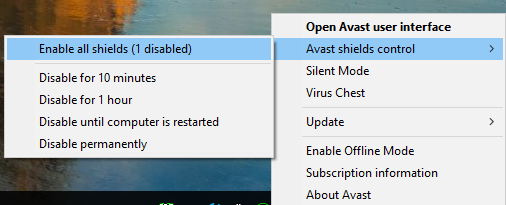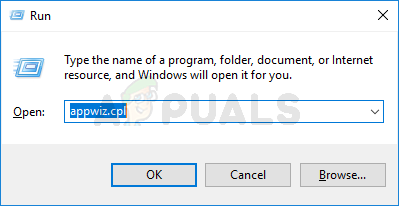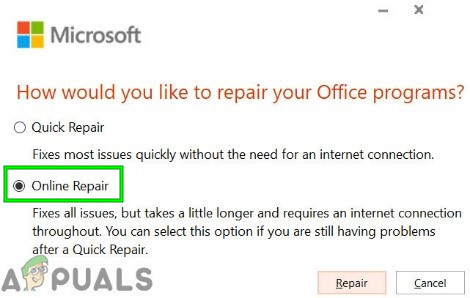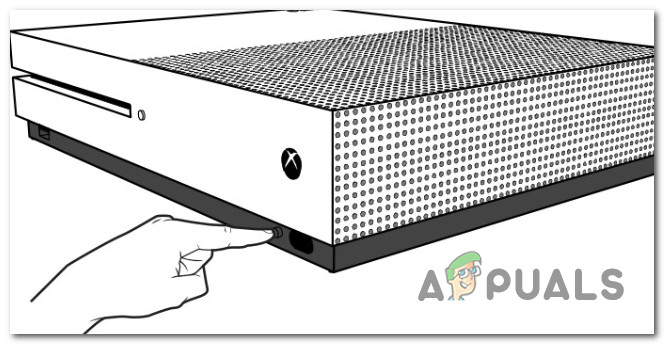Update: In some cases, this error is also reported to occur on PC during the upgrading process to Windows 11. As it turns out, there are several different reasons why you can expect this error to occur on Windows 10 and Windows 11. Here’s a shortlist of culprits that might be the root cause of this issue in this case: Now that we went over every potential cause of the 0x8019001 error, let’s go over every method that other users have successfully used to fix this problem on Windows 10 and Windows 11.
1. Run the Windows Apps Troubleshooter
You should know that the built-in troubleshooters available on Windows 11 are much more efficient than they were on previous versions of Windows. With this in mind, you shouldn’t really dismiss this fix if you’re currently dealing with the 0x8019001 error when attempting to open a native Windows app. The Windows Store Troubleshooter is capable of automatically resolving certain instances where the problem surfaces. We’ve already confirmed the effectiveness of this method out of other users that were experiencing this issue. Note: The Windows Store Troubleshooter contains a selection of automated repair strategies. Most of these repair strategies can be applied with one click as the utility is capable of deploying if a recognizable malfunctioning scenario is found. If you haven’t tried to fix this issue by running the Windows Apps Troubleshooter yet, here’s what you need to do: In case you’re still seeing the 0x8019001 error when launching certain Windows apps, follow the next method below.
2. Repair or Reset the Windows Store Cache
According to some affected users, this particular issue can also be related to corrupted temporary files or dependencies that the Windows Store has been accumulating as you installed new native apps. Inconsistencies, glitches, and malfunctions are to be expected as the store component of Windows 11 is still in preview mode. Generally, if the root cause of the 0x8019001 error is caused by temporary file data or a corrupted dependency, the way to fix it is to repair the entire suite. If this fails, you should proceed with a reset procedure. Step by step instructions on doing this are included below: After the reset procedure is complete, reboot your computer and see if the problem is now resolved. If the same 0x8019001 error is still occurring, move down to the next potential fix below.
3. Enable Windows Update dependency services
This particular issue can also occur in instances where some WU (Windows Update) services are prevented from running so some native Windows apps can’t make use of them. This can either be caused by manual user intervention or by some 3rd party applications that will try to reduce resource usage. Fortunately, you can get this resolved by ensuring that every WU service used during the updating process is enabled. Here’s how you can do this from an elevated Command Prompt: If the 0x8019001 error is still ongoing, move down to the next potential fix below.
4. Clear the SoftwareDistribution folder
Some users have reported that they managed to resolve the issue by clearing the Software Distribution folder. Note: This is the main folder that the WU (Windows Update) component is using to store the majority of Windows Update files. This operation will force your operating system to download all updates that are pending to be installed. This ends up resolving all those instances where the 0x8019001 error is triggered by an incomplete Windows update or by corrupted files inside the SoftwareDistribution folder. Here’s what you need to do to clear the SoftwareDistribution folder: Note: Before you can actually clear the SoftwareDistribution folder, you’ll first need to disable a selection of services first (Windows Update Service and Background Intelligence Transfer Service) If you’re still prevented from launching certain native games via the 0x8019001 error, move down to the next troubleshooting guide below.
5. Deploy SFC and DISM scans
If none of the methods above have worked, chances are you’re dealing with some kind of system file corruption that is somehow affecting the functionality of the native apps that you have installed. The Store component on Windows 11 is interconnected with the fleet of native apps, so there are a lot of dependencies that might be indirectly causing the 0x8019001 error. Because of this, you should also take the time to run a couple of built-in utilities capable of scanning for corrupted system files and replacing them with healthy equivalents. We recommend SFC (System File Checker) and DISM (Deployment Image Servicing and Management). The ideal way to approach this is to start with an SFC scan performed from an elevated CMD prompt. After the operation is finished, reboot your PC and wait for the next startup is complete. Note: An SFC scan will scan your system for corrupted files and replace any corrupted file or dependency with a healthy equivalent using a locally stored cache. Once your PC boots back up, move towards a DISM scan (even if you don’t see the error occurring again). Note: Before you launch a DISM scan, ensure that you have a stable connection to the internet. This is mandatory because DISM is using a sub-component of Windows Update to download healthy files to replace the corrupted ones. Once both scans are completed successfully, re-open the apps that were causing the 0x8019001 error and see if the problem is now fixed. If the problem is still not fixed, move down to the next fix below.
6. Create a new Windows profile
As it turns out, the 0x8019001 error can also occur due to some type of corruption originating from your Windows profile. Some users that were dealing with this problem when launching a native Windows app have confirmed that the issue was resolved after they’ve switched to a local Microsoft account. Note: This method will end up clearing any corrupted dependencies that are currently tied to your current user profile. Follow the steps below to create a new local user account for your Windows installation, then use it when launching a native Windows app: If the problem is still not fixed, move down to the next potential fix below.
7. Turned Off Sync in Chrome (if applicable)
This might feel like a weird fix, but a lot of users have reported that they managed to get this issue resolved by disabling Chrome’s syncing functionality (oddly enough). As it turns out, there’s currently an issue with how Chrome handle’s syncing on Windows 11 – under certain circumstances, it might interfere with certain Windows native apps. Several affected users have turned off Chrome Syncing from settings and this ended up fixing the problem entirely. Here’s how to do this: In case you’re still experiencing the 0x8019001 error when opening Windows native apps, move down to the next method.
8. Disable or Uninstall 3rd party security suite
In some cases, the 0x8019001 error might be indirectly caused by an overprotective 3rd party security suite. There are several 3rd party AV suites (including Sophos, AVAST, and McAfee) that might stop the connection between the end-user computer and the Microsoft Store servers. If this scenario is applicable, try disabling the real-time protection of their 3rd party suite or after they uninstalled it completely. IMPORTANT: It’s important to note that Windows Defender doesn’t cause the same incompatibility issues with the activation process. If you don’t want to get rid of your antivirus, you should start by disabling the real-time protection before checking if the problem is fixed. This procedure will be different depending on the 3rd party security suite that you’re using. Once you do this, retry the activation procedure and see if the process is now successful. If you’re using a security suite that includes firewall protection, you should also try to uninstall the security program and ensure that you’re also removing any remnant files that might still enforce the same security rules. To do this, here’s how to uninstall your 3rd party security suite and delete all remnant files. If this method didn’t fix the issue or it wasn’t applicable to your scenario, try the next fix below.
9. Upgrade via Media Creation Tool (if applicable)
If you’re experiencing this issue while attempting to use the Windows Upgrade Assistant to get on Windows 11, chances are you can bypass the 0x8019001 error entirely by upgrading using the Media Creation tool instead. Sure, the procedure is a little bit more tedious, but it will allow you to get the job done in case the Windows Upgrade Assistant couldn’t. If you have no choice but to go this manual route, follow the instructions here to upgrade to Windows 11 via the Media Creation Tool. In case this scenario was not applicable to you, move down to the next method below.
10. Repair the Office Installation
If none of the potential fixes above have worked for you, chances are you’re encountering the ‘0x8019001’ error due to some type of local corruption originating in the Office installation folder. Typically, this problem will start occurring after an unexpected machine interruption or after an AV scan ended up quarantining files from the Office installation. You should be able to fix the issue by repairing the Office installation in order to resolve any type of corruption that might be responsible for this error: In case you’re encountering the 0x8019001 error on Xbox consoles, move down to the final fix below.
11. Power cycle your Xbox console (if applicable)
If you’re experiencing this issue while attempting to sign in with your Xbox account, chances are you’re dealing with a glitch facilitated by temporary data maintained by your Xbox One or Xbox Series X console. To fix this, you’ll need to force the power capacitors to drain themselves by initiating a power-cycling procedure. In case this is the scenario in which you’re experiencing the 0x8019001 error is applicable, here’s how to perform a power cycle on your Xbox console: Note: The instructions below will work on both Xbox One and Xbox Series console models.
New Current-Gen Xbox and PlayStation Consoles Potentially Coming Out SoonAge of Empires IV and Age of Empires II: Definitive Edition Are Officially…Xbox Adds Support For Discord Voice Chat On Its ConsolesNewly Announced Xbox Feature For the Next Gen Indicates Older Consoles are Here…
